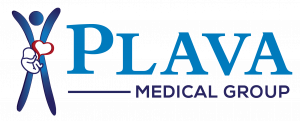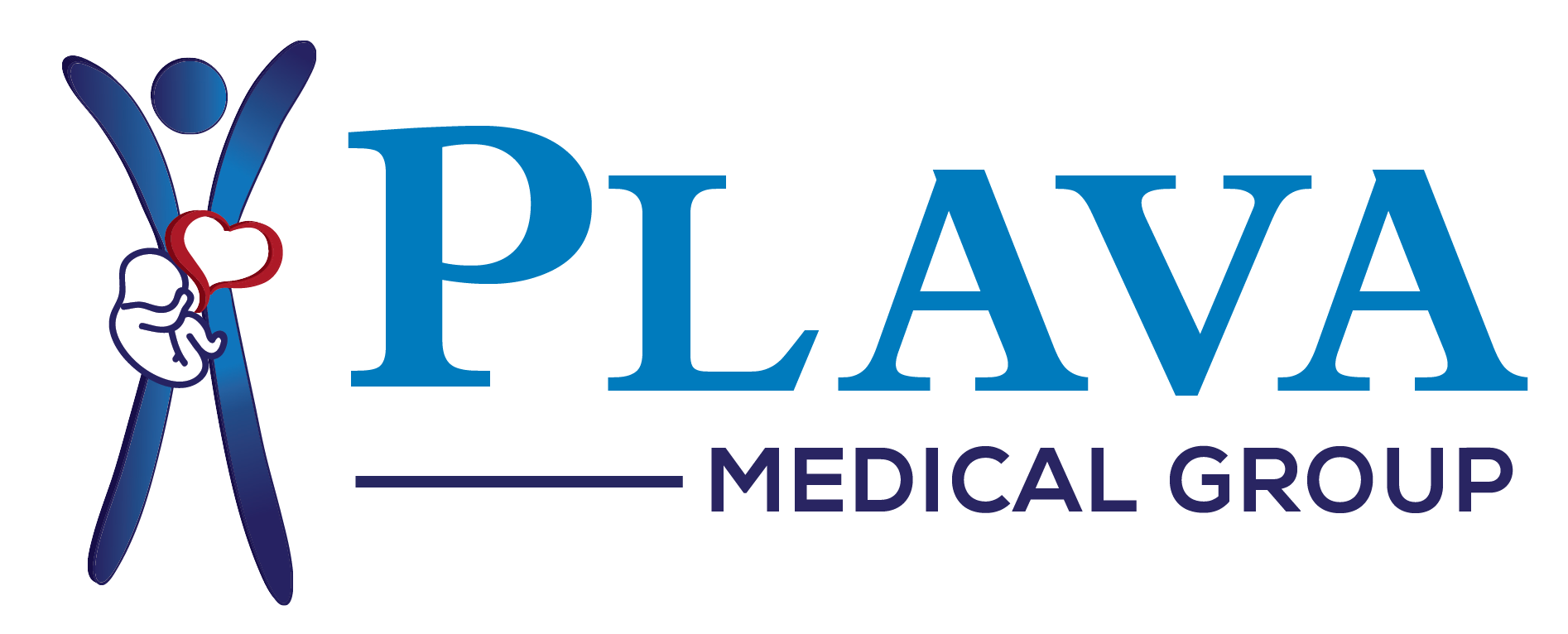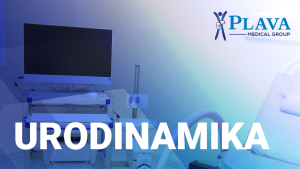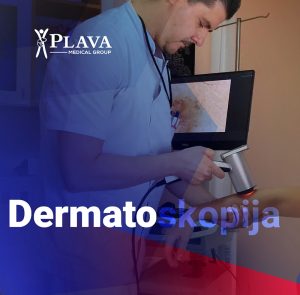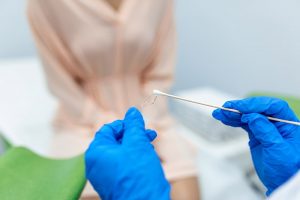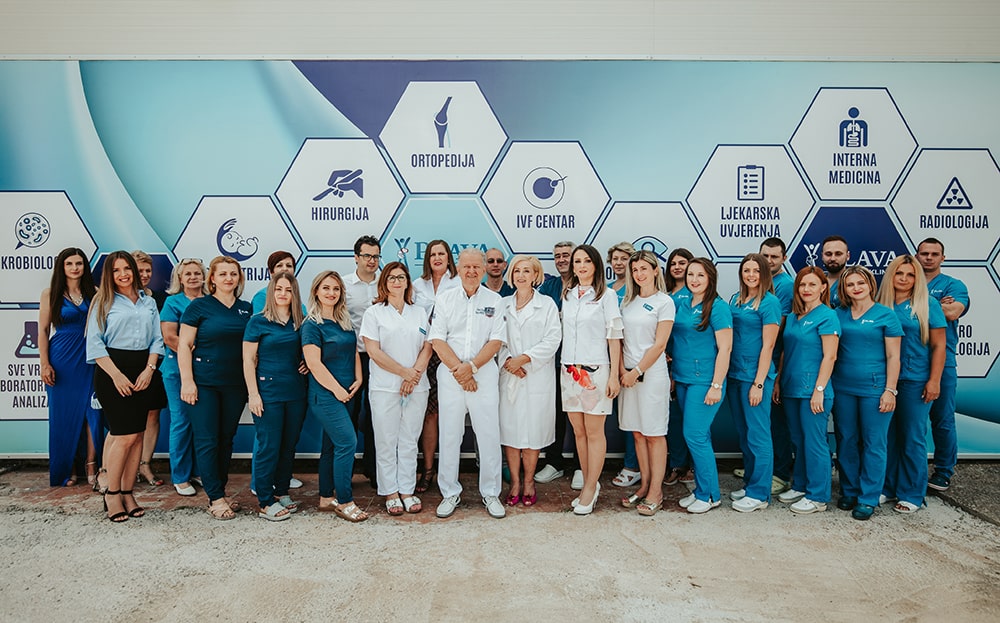Rhinoplasty
Considering that the nose is the most visible organ on your body and is among the first to be noticed, if it is not in harmony with the rest of the face, it can lead to dissatisfaction with your own appearance and thereby significantly damage your self-confidence and quality of life. Whether your nose is hooked, curved, large, flattened or wide, as such it becomes a striking feature that draws the eye away from other facial details that you usually want to highlight.
Rješenje se krije u plastičnoj operaciji nosa odnosno rinoplastici – proceduri kojom rješavamo estetski ili funkcionalni problem Vašeg nosa, poput izbočene ili zakrivljene nosne pregrade te grbavog nosa. U pitanju je jedan od najzahtjevnijih zahvata u plastičnoj hirurgiji, čiji ishod najviše ovisi o stručnosti hirurga i razumijevanju Vaših želja i potreba.
Samo iskusan hirurg biće u mogućnosti da koriguje sve Vaše nedostatke i učini da budete zadovoljni izgledom Vašeg lica.
Who can be a candidate?
If you have some of these problems - rhinoplasty may be a good choice for you:
- problems with breathing and snoring,
- curvature or deformity of the nose due to injury,
- a pronounced ridge on the nose, i.e. a humped nose,
- too long or too short nose,
- too wide nose, too big nostrils,
- zadebljani ili šiljasti vrh nosa,
- square, curved or asymmetrical tip of the nose,
- dissatisfaction with the appearance and shape of your nose.
When it comes to the age of potential candidates, it is necessary to wait for the end of the natural process of growth and development of the nose, which for girls is around 15-16. years, while for men it is around 18 years of age.
Preparation
In order to get the best result, it is necessary to follow a series of steps. First among them is a consultation with our surgeon who will listen to your doubts and needs and perform a nose examination, in order to examine the extent to which certain corrections can be achieved.
Based on this, an individual plan for the operation is made, in accordance with your expectations. The next step is preparation for the procedure and anesthesia, but before the operation, a conversation with an anesthesiologist is also indispensable, who will prepare you mentally and informationally for anesthesia and give you instructions on which examinations should be performed before the operation. It is very important to understand all aspects of the procedure.
It's natural to feel some anxiety, whether it's excitement about your expected new look or whether it's due to the "fear" of surgery. Don't be shy to discuss these feelings with our plastic surgeon.
The course of the intervention
In most cases, nose surgery is performed under general anesthesia, while in rare cases it can be performed under local anesthesia, which depends on the complexity of the operation. We carry out nose correction in the Plava polyclinic in two so-called ways. "open" or "closed" pressure. The difference between these two approaches actually lies in a small discrete scar on the skin that divides the nostrils into left and right, while the other scars are hidden inside the nostrils. With an "open" approach, a better insight into the structural elements of the nose is achieved, which is of key importance in certain corrections of the nose that has already been surgically treated. The operation can last from 45 minutes to 3 hours, depending on the necessary corrections. After the intervention, silicone splints or strips are placed in the nasal passages, and plaster or thermoplastic splints are placed on the outer part of the nose.
Recovery
The initial part of recovery is a 1-3 day stay in a health facility, the prescription of appropriate anti-inflammation and anti-edematous medications, gradual getting out of bed and necessary assistance in performing daily physiological needs. After arriving home, you should pay attention to your sleeping position, take care of the hygiene of the nostrils while changing the dressing material, take the prescribed medicinal therapy, and report to the operator for regular check-ups. Approximately after the 3rd - 7th day, the previously applied splints are removed from the nostrils, and on the 7th - 10th day, the external plaster splint is also removed.
After removing the plaster cast from the nose, it is expected that the swelling in the area of the nose and the central part of the face will remain for another 7-14 days, and after 3-4 weeks you will be able to return to regular activities, with a better appearance and greater self-confidence!
Before&After the procedure
Answers to the most common questions
Rhinoplasty is a procedure that corrects the appearance of the nasal pyramid (the outer part of the nose, the "nasal pyramid"). This procedure usually does not achieve any significant change in terms of nose breathing. Septoplasty involves surgical correction of the nasal septum, which separates the nostrils and nasal passages on the left and right sides inside the nose.
The purpose of this procedure is to improve the flow of air through the nose, thereby improving breathing. Quite often, patients who have problems with breathing want to improve the appearance of the nasal pyramid itself, so a combined procedure - septorhinoplasty - is performed in such patients.
The key is to first want to change the appearance of the nose, then it is important to know in what sense you want to change its appearance. Do you just want to get rid of a hump? To narrow the tip of the nose? You must clearly define these things for yourself. This is followed by a necessary examination/consultation with your surgeon. During that examination, it is necessary for the surgeon to recognize your "complaints" about the current appearance of the nose. After that, the surgeon will clearly show you what needs to be done, and in what way, in order to correct the existing "deficiencies".
Apart from the fact that the patient's age is important in terms of the final development and growth of the structural elements of the individual's nose (girls up to 15-16 years of age, boys up to 18 years of age), the psycho-emotional state of such an individual is also important. Therefore, it is very important that the patient understands the procedure and has clearly defined expectations, and that he has open two-way communication with the surgeon. Of course, if the patient is a minor, not only the consent but also the support of the parents/guardians is necessary.
Closed rhinoplasty is performed entirely through incisions (cuts) that are hidden inside the nose. Open rhinoplasty differs from closed rhinoplasty only in an additional but very discreet scar located on the outside, more precisely on the columella - the part of the skin of the nose that separates the two nostrils. The aforementioned scar on the columella is usually in the shape of an inverted letter "V" and is practically inconspicuous.
Ultimately, the type of approach is usually chosen by the surgeon in order to achieve the best aesthetic result. Although it is considered that both approaches are equally valid, the open approach provides a direct visualization of all the key structural elements of the nose, and therefore such an approach is practical and mandatory for e.g. correction of an already surgically treated nose (scar tissue, used grafts, altered anatomical structures, etc.)
Every nose after rhinoplasty should look natural and in harmony with other parts of the face. Excessive "corrections" can lead to the appearance of the so-called "operated nose". An experienced and skilled surgeon knows what are the limits that should not be crossed during such a procedure, that is, he knows what are the intrinsic limitations due to which the desired result is sometimes not possible to achieve without disturbing the natural harmony and appearance of the nose. The most important thing is that you have good communication with your surgeon, and accordingly, adequate trust. Our surgeon is a big supporter of the natural look of the nose and spends a lot of time in conversation listening to wishes and presenting precise options for an individual patient.
Cartilage grafts are sometimes used during rhinoplasty to replace the volume or lack of certain areas of tissue, or to provide additional support and strengthen certain structures, such as when lifting the tip of the nose or widening the nasal passage to improve airflow. Graft material is used exclusively when there is a specific indication for their application. Our surgeon mainly uses graft material from the cartilaginous part of the nasal septum and mainly in the sense of a very small part of the cartilage that he uses for additional support when lifting the nasal bridge. In addition to the nasal septum, it is sometimes necessary to use a larger volume of graft material (most often cartilage), which is why parts of the cartilage of the ear or rib must be taken. This is done in rare situations, usually when it is necessary to restore a severely damaged nose structure (congenital anomalies in the development of the nose, conditions after major nose trauma, conditions after multiple nose operations, etc.)
Cartilage graft material of the nasal septum is relatively often used in rhinoplasty and with precise modeling and proper fixation, it is an excellent way to further improve both the appearance and the function of the "new" nose.
Yes. If the patient is in good health and physical condition, in addition to rhinoplasty, other procedures can be performed, such as otoplasty (correction of "clumsy" ears), liposuction, breast augmentation, etc.
Immediately after the rhinoplasty procedure, significant swelling and bruising of the central part of the face, especially in the area of the lower eyelids and cheeks, can be expected. Most often, this is conditioned by the necessary manipulations of the nasal bones, which is one of the key steps in performing rhinoplasty itself. Some patients have a tendency to show pronounced bruises on the skin even with minor injuries. Usually, patients with lighter skin and thinner skin have more significant swelling and bruising.
By using cold compresses in the first few days after rhinoplasty, and keeping the head on a raised headboard, it is possible to significantly reduce the appearance of swelling and swelling, but as a rule, they always appear to a certain extent. For the average patient, significantly less swelling and disappearance of bruises can be expected after 5-7 days.
Considering that the manipulation (breaking and repositioning) of the nasal bones is mainly an integral part of rhinoplasty, it is expected that after the procedure the nose will be covered with plaster or a thermoplastic splint. The aforementioned splint is removed 5-7 days after the procedure. Also, immediately after the procedure, either silicone splints or stretchers (cotton strips) are placed in both nostrils to provide additional internal support and prevent blood pooling. Therefore, breathing through the nose is impossible until the moment of their removal, which is usually performed on the 3rd-5th day after the procedure.
After rhinoplasty, the patient usually stays for 1-3 days in our health facility, after which he is discharged for further home treatment, which mainly depends on the general condition of the patient and the intensity of postoperative complaints. After the rhinoplasty treatment, the patient spends the night in our institution, and the next day the local findings and general condition are examined by the operator. If the patient then feels well and is constantly mobile, and the local findings are normal, the patient is discharged home with the recommendations and advice of the operator.
Rhinoplasty is not a significantly painful procedure. A feeling of fullness in the face and sinuses is expected, as well as dull soreness with stronger facial expressions. Patients always receive adequate analgesic therapy, and rarely complain of pain. The biggest complaints are mainly focused on the short-term inability to breathe through the nose. In other words, pain in itself should not be something that would deter you from this procedure.
Most patients will return to work as soon as the external nasal splint is removed (post-operative day 7), although minor bruising and residual central facial swelling will still be present. The patients usually skillfully cover this with make-up. The surgeon's recommendation is that you plan to be absent from work for about 14 days from the moment of the procedure. After 2 weeks from the procedure, most of the swelling will disappear, and every trace of the bruise will disappear.
You can drive the vehicle when you feel recovered, i.e. when you are free of any ailments that would prevent you from having relaxed head and neck movements, and so that you could drive the vehicle carefully and safely.
You should approximately wait at least 7 days after rhinoplasty when the swelling has significantly reduced before boarding a plane. Residual edema can cause additional problems when changing the pressure in the ears
You can continue with exercises without interruption 4 weeks after rhinoplasty. It is possible to go for light walks or some other form of aerobic recreation even before the end of 4 weeks, if you feel recovered and do not have difficulty breathing through your nose.
If you feel well and have the strength, you can lift a child weighing up to 18 kg already a few days after the procedure.
You can take a shower already on the first day after the surgical treatment, but you must be careful not to bruise the plaster nasal splint.
To clean the wound on the columella (skin part of the septum of the nostrils) of the nose and in the nostrils, it is best to use ear sticks soaked in hydrogen peroxide 2-3 times a day, and then to smear the treated areas with antibiotic ointment.
The only suture material that is removed is the one located on the outer part of the nose (columella). The other stitches inside the nostrils are resorbable, and they will melt and fall out on their own after 1-2 months. The stitches on the columella (the skin part that separates the nostrils) are removed at the first control examination on the 5th or 7th day after the procedure. The only suture material that is removed is the one located on the outer part of the nose (columella). The other stitches inside the nostrils are resorbable, and they will melt and fall out on their own after 1-2 months. The stitches on the columella (the skin part that separates the nostrils) are removed at the first control examination on the 5th or 7th day after the procedure.
The main problem that can occur immediately after rhinoplasty surgery is bleeding. The occurrence of scanty bleeding from the nostrils is not an unusual occurrence and usually stops within a few days. If the bleeding is more significant, especially if the patient swallows blood that flows down the throat, then it is necessary to report to our institution in order to provide adequate treatment.
Want more information?
If you have additional questions and want to find out if you are the right candidate for rhinoplasty, fill out the short contact form and our staff will answer you shortly.
